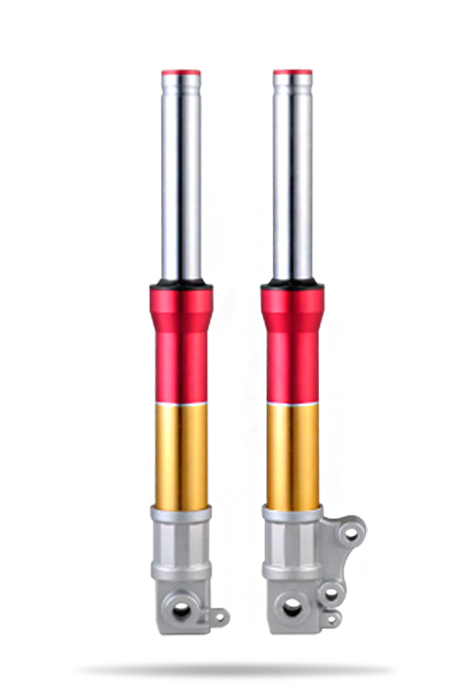The first rule for selecting or upgrading a suspension fork is to select the corresponding front fork according to the type of riding and riding habits. Generally, suspension forks can be classified as "for off-road XC" depending on the riding terrain and stroke length. : Suspension stroke is about 80-100mm; "All Mountain": Suspension stroke is about 120-140mm, and "For free riding FR and downhill DH": Suspension stroke is about 160-180mm, even up to 203mm, such as RockShox Boxxer, Fox 40RC2.
Another important point is the smoothness of the front fork. A good suspension fork must have a suitable combination of springs and dampers, but must also move smoothly. When buying a front fork, you can actually press it to see if the fork has never been stressed, compressed, compressed to the bottom (Bottom Out), and then rebounded to the uncompressed (Top Out) process, whether there is jamming or Feeling not smooth.

It is important to remind riders that the correct preload stroke (Sag) adjustment is very important. The so-called preload setting is to respond to the ability of the front fork to stretch downward when encountering a large depression. Taking RockShox as an example, its Sag is generally set at 25% of its maximum stroke; FOX is set at 20% of its maximum formation; Magura is set at 20-30%. Furthermore, how much air pressure the air pressure front fork should hit depends on the rider's weight. Generally, there is a table of weight and air pressure on the front fork surface or in the user manual for reference.
In addition, many riders only use 80% of the available suspension stroke, resulting in either the fork being significantly softer and prone to bottoming, or it is too hard and poorly sensitive. To get a good tuning, RockShox recommends that a properly tuned suspension fork should use about 10-20% of its entire suspension stroke after the rider gets in the car; in case of a severe collision, it will Use up all the shock absorber stroke, but there will be no bottoming out. The ideal compromise between such soft suspension sensitivity and sufficient impact resistance requires excellent fingertip sensitivity during adjustment.

 English
English 简体中文
简体中文 Việt nam
Việt nam भारत
भारत ไทย
ไทย